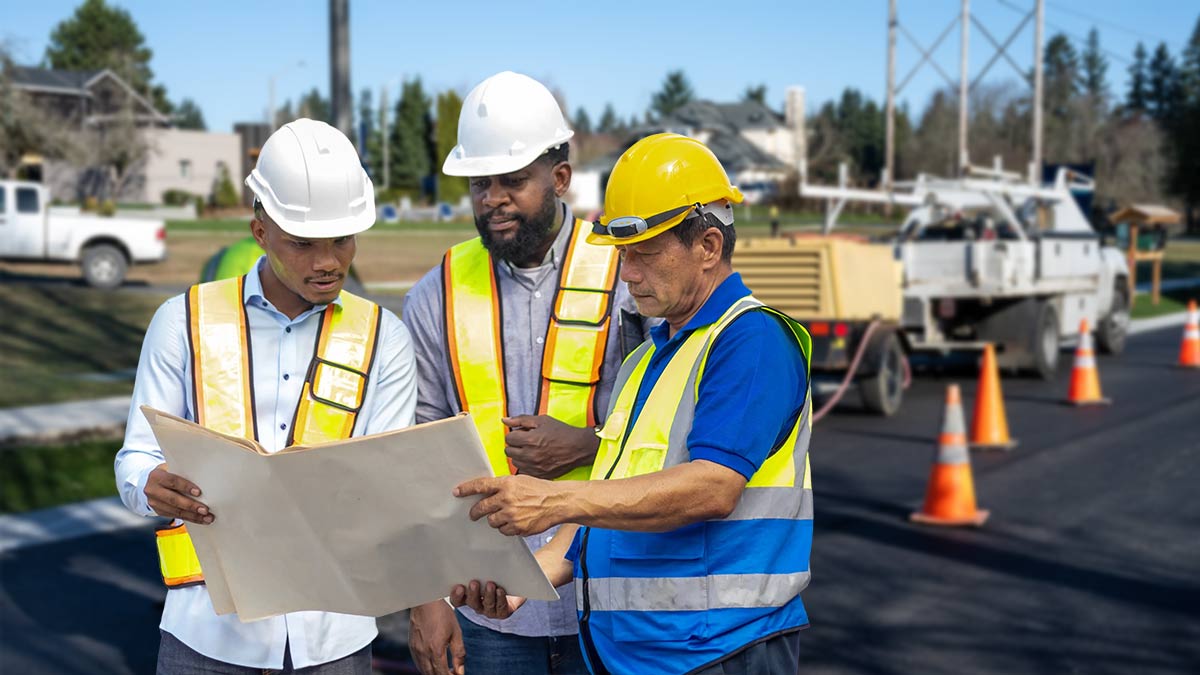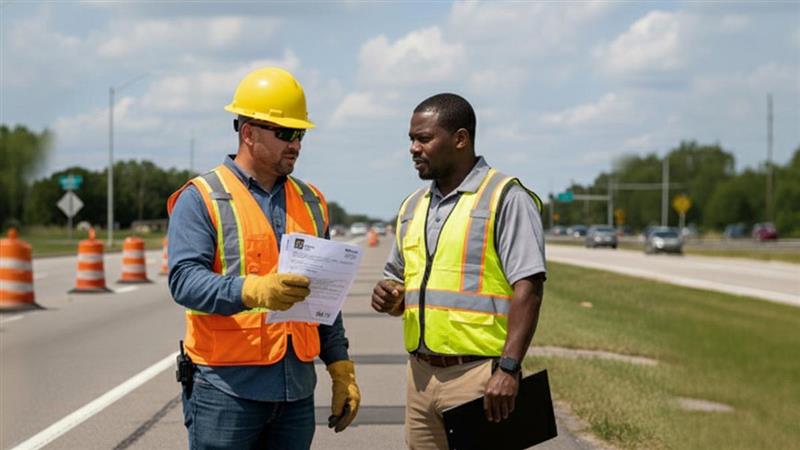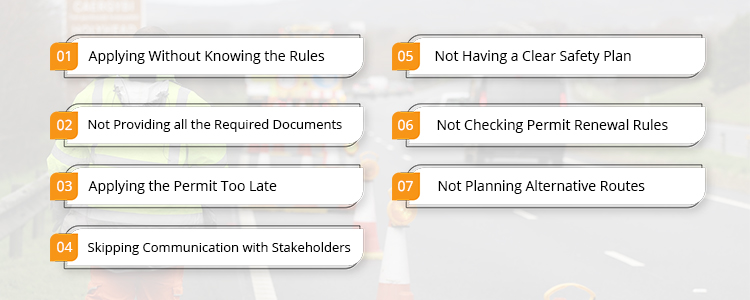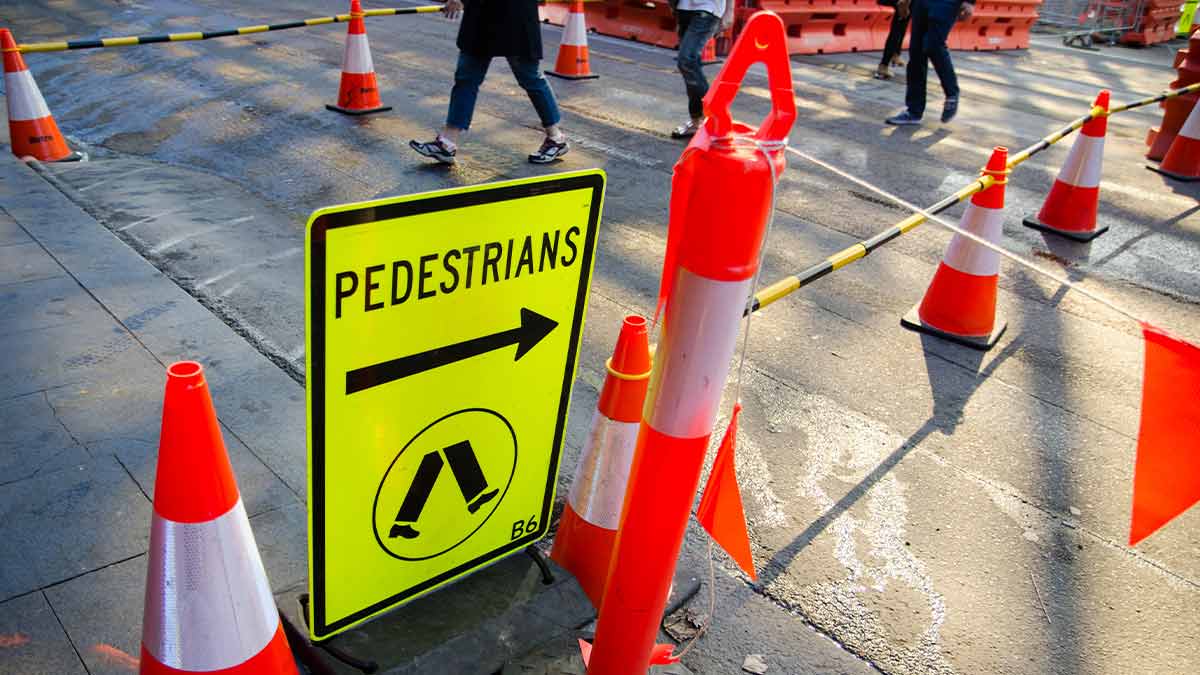

Top Mistakes to Avoid When Applying for a Lane Closure Permit
Let me walk you through a situation: a construction company was ready to start work on a busy street to repair the road. They had their crew, equipment, and project plan in place. But one thing they overlooked is the lane closure permit. They applied for it too late and missed all the important documents. The result? They faced delays in approval, complaint issues, extra charges, and their project was pushed back.
This is a very common situation that happens more often than you think. A lane closure permit is not a choice; it’s a necessity. Having this ensures your project is safe, legal, and compliant with the local rules and regulations. Whether you’re planning for construction, maintenance, an event or any project that requires the temporary blockage of a road, you should have a lane closure permit to start work legally and safely.
But here’s a thing: when it comes to applying for a lane closure permit, many people make some common mistakes that slow the process or even lead to rejection. To help you not be one of them, we’ve put together this guide to the top mistakes to avoid so your approval process will be smooth, quick, and hassle-free.
Common Mistakes You Should Avoid When Applying

Applying Without Knowing the Rules
People go for the application without knowing what rules apply in their area. Note that every city, state, or country has its own requirements for lane closure permits. These rules can include application deadlines, required documents, fee structure, and safety requirements. If you skip checking your local guidelines first, you’ll face delays or rejections later. Therefore, it’s necessary to visit your local transport or city council website before you apply. You can also call the relevant authority to confirm requirements.Not Providing all the Required Documents
One of the major and common causes of delays is the missed or incorrect documents. Authorities process your permit only if you provide them with the complete details. For example, documents such as project details, the purpose of the permit, project location, date/time, traffic management plan, proof of notification to nearby residents or businesses, and required fees. If you’re not sure, you can also check with your authority to confirm exactly what documents are needed for the application.Applying the Permit Too Late
Suppose your project start date is next week, and you’re applying for the permit at the last minute, still expecting everything to go smoothly. That won’t work well. A lane closure permit requires approval well in advance—sometimes weeks or months before your planned closure. Waiting until the last minute can mean permit denial, increased fees for urgent applications, and project delays. So, plan ahead and allow enough time for the permit process.Skipping Communication with Stakeholders
You’re going to block a public road, and it will affect more than your project. Drivers, nearby businesses, residents, and emergency services will all be impacted. If you don’t inform them in advance, it can lead to complaint issues, project delays, and even project stoppages. Therefore, share all your project information with them early on, including the dates, duration, and alternative routes. This way, both you and stakeholders can plan ahead, avoid disruptions, and ensure a smoother process.Not Having a Clear Safety Plan
How will you ensure the safety of the public on the road when your project is in progress? A lane closure is not only about blocking part of a road. It’s about making sure everyone, including workers, drivers, and pedestrians, is safe. Authorities require a clear safety plan, and if you don’t submit it, your application can be rejected.What should your safety plan include?
- Proper signage and barriers to guide traffic
- Detour routes are clearly marked
- Adequate lighting for night work
- Safety measures for workers on site
Not Checking Permit Renewal Rules
What if your project takes longer than planned? In that case, you will need to renew your permit, and this is only possible if you are aware of the renewal rules and follow them on time. So when you are applying, be sure to ask about how long the permit is valid, the renewal procedure, and any extra costs associated with it. This information will help you plan for unexpected delays without legal trouble.Not Planning Alternative Routes
If you are not planning alternative routes for drivers, your project is at a big compliant risk. Lane closures can cause confusion if there are no clear detours in place. So your traffic management plan should include well-marked alternative routes to reduce confusion for drivers and keep a smooth traffic flow.So, yeah—those were some common mistakes to avoid when applying for a lane closure permit. By keeping these points in mind, you can speed up the approval process and make sure your project is compliant, legal, and safe for everyone on the road.


